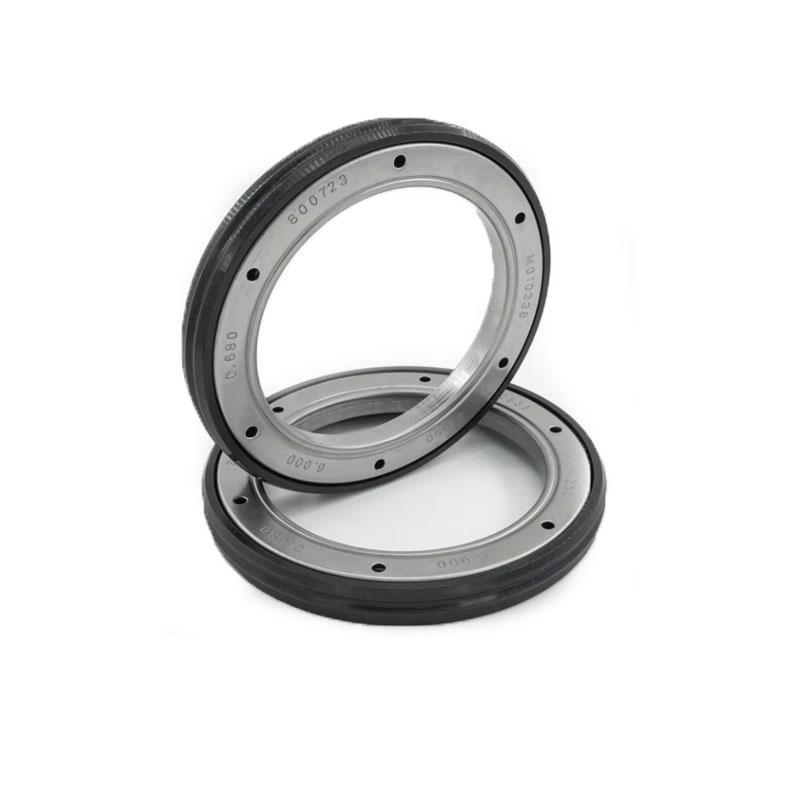car o ring
Understanding the Importance of Car O-Rings in Automotive Engineering
When it comes to automotive engineering, every component plays a crucial role in ensuring that vehicles operate smoothly and efficiently. One often-overlooked yet vital component in this intricate machinery is the O-ring. While they may seem minor, O-rings are indispensable in various applications within the automotive industry, particularly in sealing systems that require fluid retention and pressure management.
What is an O-Ring?
An O-ring is a simple yet effective circular sealing device, usually made from elastic materials such as rubber or silicone. Known for their versatility, O-rings come in various sizes and materials, allowing them to serve specific functions in different environments. Their primary role is to create a seal between two or more mating surfaces, preventing the leakage of liquids and gases.
Applications of O-Rings in Vehicles
1. Engine Components In an automotive engine, O-rings are vital for sealing oil and coolant passages. They are used in cylinder heads, oil pumps, and water pumps, ensuring that fluids do not leak and that the engine operates efficiently. A well-functioning engine requires perfect sealing to maintain pressure and prevent contamination from foreign particles.
2. Fuel Systems O-rings are also critical in fuel injection systems. They help seal fuel lines and injectors, preventing fuel leaks which can lead to safety hazards and reduced engine performance. A secure seal ensures that fuel delivery to the engine is optimal, enhancing fuel efficiency and reducing emissions.
3. Transmission Systems Transmissions rely on O-rings to maintain hydraulic pressure, which is essential for the smooth operation of automatic gear shifts. Any failure in the O-ring can lead to transmission fluid leaks, potentially causing significant damage and costly repairs.
car o ring

4. Brake Systems In modern vehicles, the brake system is engineered for safety and reliability. O-rings are often used in brake calipers and master cylinders to ensure that hydraulic fluid stays confined within the system. A compromised seal can lead to brake failure, underscoring the importance of these small components in vehicle safety.
Materials of O-Rings
The material choice for O-rings is critical and depends on the specific application and operating conditions. Common materials include
- Nitrile Rubber (NBR) Excellent for automotive applications due to its resistance to oil, fuel, and high temperatures. - Fluoroelastomer (Viton) Offers superior resistance to high temperatures and chemical exposure, making it suitable for performance vehicles. - Silicone Used in applications that require flexibility and resistance to extreme temperatures, although it may not be as effective in oil applications.
Importance of Proper Installation and Maintenance
The efficacy of O-rings relies heavily on proper installation and material choice. An incorrectly installed O-ring can lead to leaks, while an O-ring made from the wrong material can degrade quickly under stress. Regular inspection of O-rings, especially in high-stress environments, is essential to identify signs of wear or failure. Replacing worn O-rings in a timely manner can prevent significant damage to the vehicle's components, ultimately saving time and money.
Conclusion
In conclusion, O-rings are small components that have a disproportionately large effect on the performance and safety of automotive systems. Their roles in sealing various fluids and maintaining pressure are critical to the functioning of engines, fuel systems, transmissions, and brakes. Automotive engineers must pay close attention to these components during the design and maintenance phases to ensure vehicle longevity and reliability. As technology advances and vehicles become more sophisticated, the importance of O-rings will continue to grow, reminding us that every part, no matter how small, plays an essential role in the larger machinery of automotive engineering. Understanding and recognizing the importance of O-rings can lead to better vehicle maintenance, enhanced performance, and improved safety on the roads.
-
The Ultimate Guide to Boat Propeller Bearings and Trailer Wheel Bearings
News Jul.31,2025
-
The Essential Guide to Marine Bearings and Boat Trailer Wheel Bearings
News Jul.31,2025
-
The Complete Guide to Heavy Duty Seals: Protecting Doors and Spaces Efficiently
News Jul.31,2025
-
Essential Guide to Marine Shaft Bearings and Boat Trailer Axle Bearings
News Jul.31,2025
-
Comprehensive Guide to Marine and Trailer Bearings for Safe Boating and Transport
News Jul.31,2025
-
Comprehensive Guide to Automotive Oil Seals: Protecting Your Engine and Shafts
News Jul.31,2025
-
Understanding Automotive Oil Seals: Essential Components for Engine and Shaft Protection
News Jul.30,2025
Products categories















